Provide post-production and workflow services for the landmark wildlife series, facilitating Ultra High Definition (UHD) and High Dynamic Range (HDR) management, processing and delivery.
Post Films at 59 and Wounded Buffalo
Client BBC Studios’ Natural History Unit
Brief Provide post-production and workflow services for the landmark wildlife series, facilitating Ultra High Definition (UHD) and High Dynamic Range (HDR) management, processing and delivery.
How it was done Planet Earth II was shot over a three-year period and required 117 filming trips to 40 different countries and a total of 2,089 shooting days.
Using the latest camera techniques and postproduction technologies, the series promises to take the audience closer to nature than ever before, “bringing them eye-to-eye with the animals that live there”.
Planet Earth II was shot in a combination of 4K and 6K resolutions, on various high-end digital cameras, including the Red Epic, the Sony F55, the Vision Research Phantom and the Arri Amira.
For the post process, Films at 59 was required to provide a workflow and infrastructure that could cope with the huge volume of different media and also provide seamless performance and accurate monitoring for HDR.
The delivery requirements included both different colour spaces and resolutions. An HD Standard Dynamic Range (SDR) version was required for BBC transmission and for BBC Worldwide. Freelance colourist Adam Inglis graded this version using Baselight. A UHD version with HDR, using the Hybrid Log Gamma curve, was also required for BBC Worldwide distribution. Films at 59’s Christian Short graded this second version.
Inglis described Planet Earth II as a very visual form of storytelling that required him to be “subtly aggressive” with the grade. It was felt that this would give the images as much impact as possible, while keeping them feeling natural and emotionally appropriate. Each episode was treated like an anthology of short films, with each segment within it being given its own visual identity and emotion within the wider tone of the whole episode.
Inglis praised the grading system for allowing the process to proceed at pace, moving quickly away from the technicalities of matching the different sources and enabling him to focus on the creative aspects. He graded using the Academy Color Encoding System (Aces) system to allow a smooth transition from the SDR master grade to the HDR deliverable.
Franz Ketterer and Wesley Hibberd completed the online edit in Autodesk Flame Premium. Although the primary delivery mode for the SDR graded version was HD, all online work was completed at UHD resolution to provide a framework for the HDR version.
The online work involved complex stabilisation, the removal of unwanted artefacts such as sensor dirt and other cleaning-up processes. Advanced tracking and masking tools in Flame were used.
The footage also required a large amount of picture noise and grain reduction. This was achieved using the Neat Video plug-in.
The audio was tracklayed at Wounded Buffalo Sound Studios, also in Bristol. The sound editors were Kate Hopkins and Tim Owens. It was mixed by Graham Wild at Films at 59.
Watch it Sundays, 8pm, BBC1


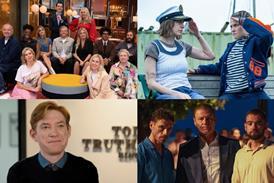





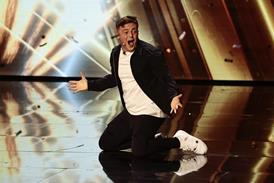

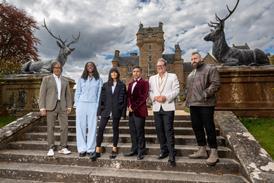

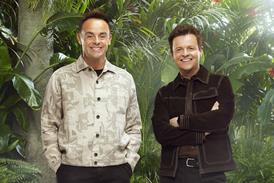
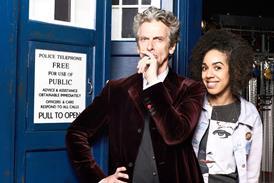
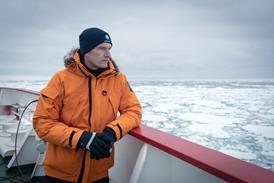


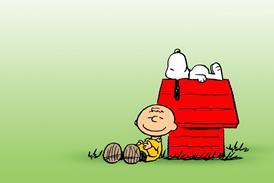
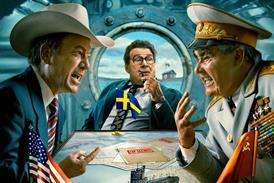
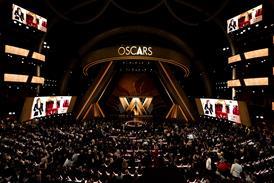
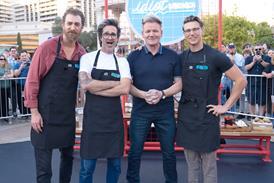
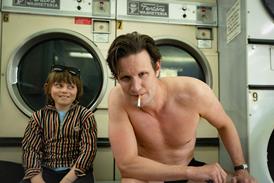
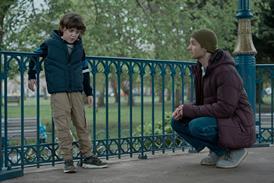
No comments yet